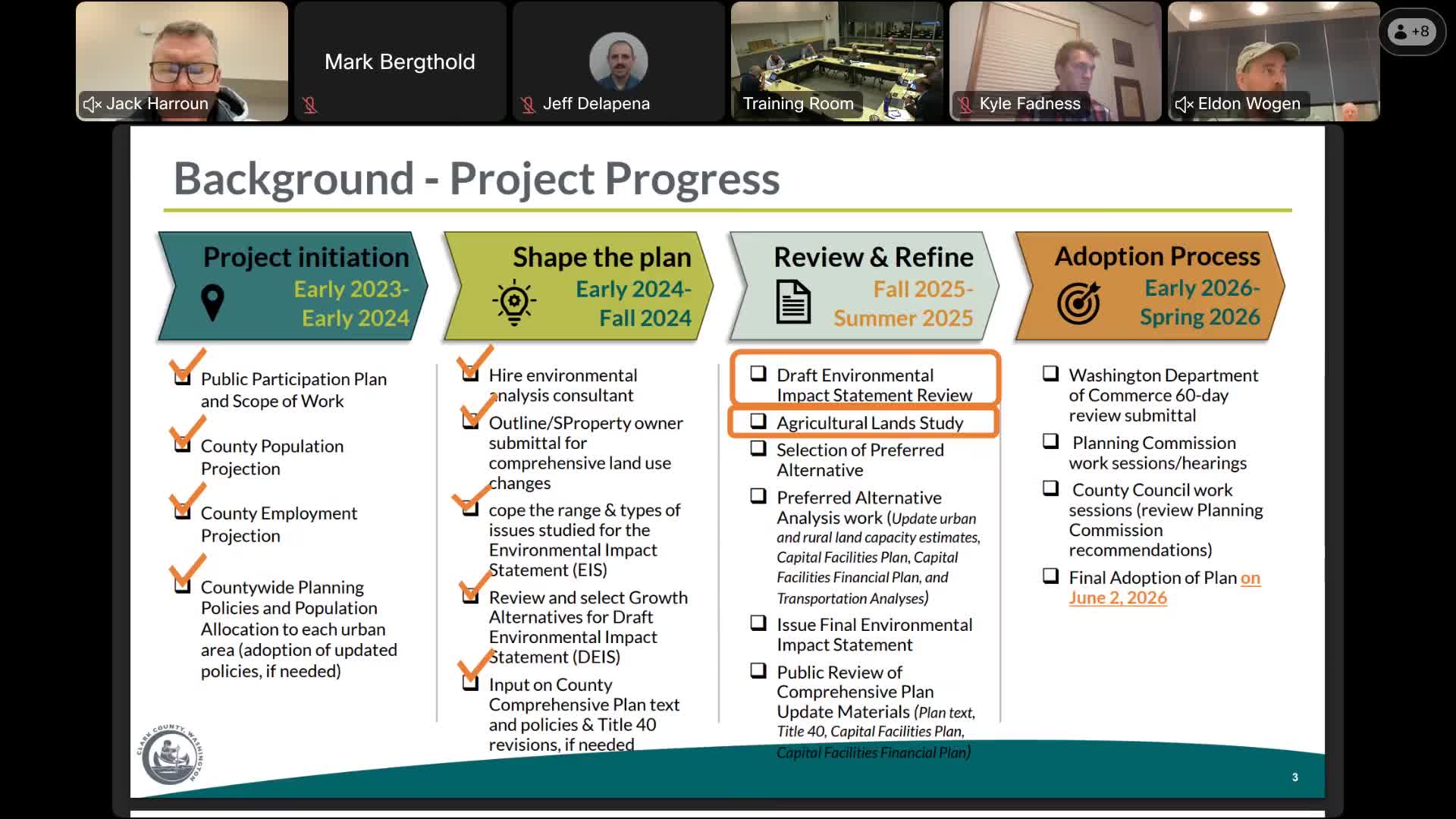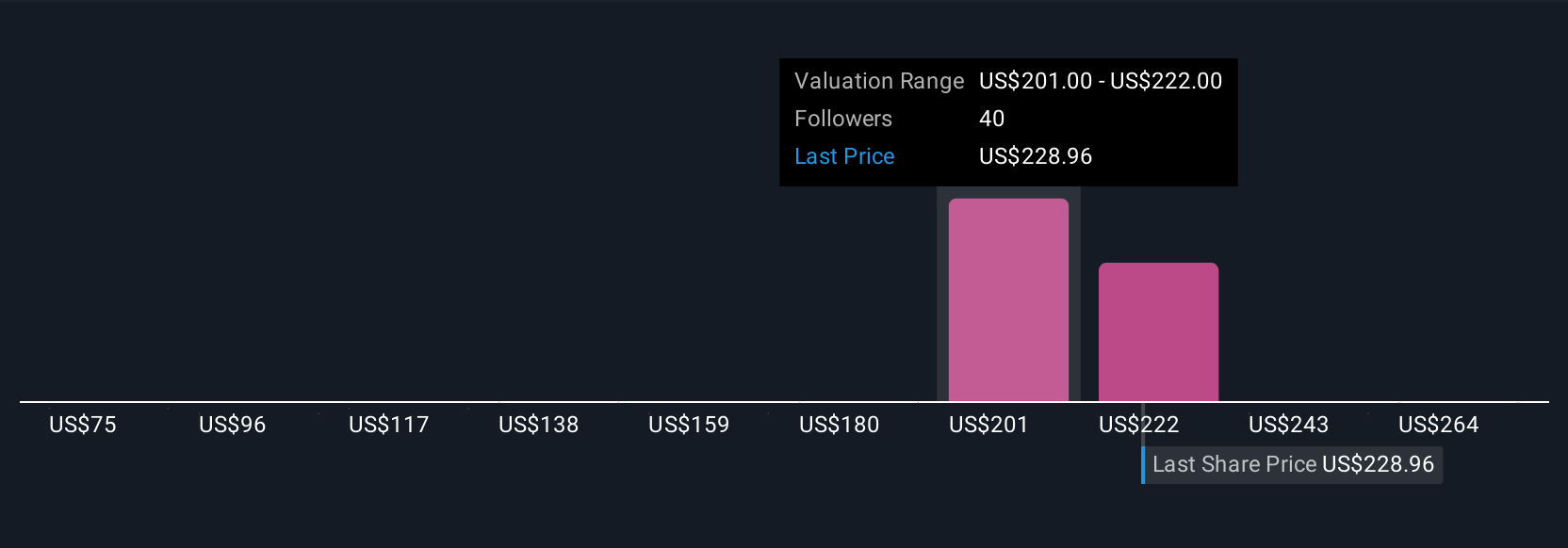How Government Corruption Hurts Economic Growth – Forbes

The Impact of Government Corruption on Sustainable Development
Government corruption presents a significant obstacle to the achievement of the 2030 Agenda for Sustainable Development. By eroding public trust, fostering animosity, and hindering economic activity, corruption directly undermines the progress of several Sustainable Development Goals (SDGs), most notably SDG 16 (Peace, Justice and Strong Institutions), which calls for effective, accountable, and transparent institutions at all levels.
Economic Repercussions and Obstacles to SDG 8
Global Economic Impact
International research demonstrates a clear negative correlation between corruption and economic progress, posing a direct threat to SDG 8 (Decent Work and Economic Growth). Key findings indicate that:
- A 1% increase in the level of corruption is associated with a 0.72% reduction in the rate of economic growth. This is largely attributed to political instability caused by corruption, which creates uncertainty for businesses.
- Countries with higher levels of corruption attract less foreign direct investment and experience higher inflation, both of which are detrimental to sustainable economic growth.
National Economic Impact in the United States
Evidence within the United States corroborates these global findings, showing how corruption at the state level impedes local economic development and progress towards SDG 8 and SDG 10 (Reduced Inequalities).
- Studies reveal that higher state-level corruption leads to reduced investment and slower growth of output per worker.
- States with more public corruption convictions from 1976 to 1980 experienced significantly slower income growth over the subsequent two decades, hindering efforts to achieve shared prosperity.
Analysis of Corruption in the United States and its Link to SDG 16
Measurement and Key Findings
A recent analysis by the Cato Institute, examining Department of Justice data on public corruption convictions from 2004 to 2023, provides a metric for monitoring progress towards SDG Target 16.5 (substantially reduce corruption and bribery). The analysis, which ranks 94 federal judicial districts by convictions per 100,000 people, reveals significant regional disparities.
- Highest Conviction Rates: Washington, D.C. exhibits the highest rate, followed by districts in Louisiana, Montana, Oklahoma, Kentucky, South Dakota, and Tennessee.
- Lowest Conviction Rates: The state of New Hampshire and the Middle District of North Carolina demonstrate the lowest rates of public corruption convictions, indicating stronger institutional integrity.
Case Studies: Contrasting Economic Performance
A closer examination of economic data highlights the link between institutional integrity (SDG 16) and economic outcomes (SDG 8). States with high corruption convictions, such as Louisiana and Illinois, show below-average personal income growth (5.9% and 5.4%, respectively) compared to the national average of 6.7%. Conversely, low-corruption states like New Hampshire and Utah report robust income growth of 6.6% and 7.2%, respectively. These observations are consistent with the principle that strong, accountable institutions are a prerequisite for sustainable economic development.
The Role of Education in Fostering Good Governance
Research indicates that states with more educated populations tend to be less corrupt. This suggests a strong link between SDG 4 (Quality Education) and SDG 16. An educated electorate is better equipped and more inclined to monitor public officials, which reduces opportunities for corruption and helps build the accountable institutions central to the 2030 Agenda.
Strategies for Combating Corruption in Alignment with SDG 16
Addressing corruption requires a multi-faceted approach aimed at strengthening institutional frameworks, a core objective of SDG 16. Evidence-based strategies include:
- Strengthening Oversight Mechanisms: Bolstering the power and independence of Inspectors General to oversee government audits and investigations, as demonstrated by a study in Brazil where strengthened audits successfully reduced political corruption.
- Improving Legal Enforcement: Ensuring better enforcement of existing anti-corruption laws to create a credible deterrent.
- Enhancing Transparency: Supporting investigative journalism to uncover and publicize corrupt practices.
- Protecting Whistleblowers: Implementing greater protections and rewards for individuals who expose corruption.
- Promoting Ethical Leadership: Encouraging voters to emphasize character and integrity when evaluating political candidates to reduce the prevalence of dishonest officials.
Conclusion: The Imperative of Monitoring for Sustainable Development
The continuous monitoring of public corruption is a critical first step toward addressing it. The data confirms that corruption remains a persistent challenge that actively undermines local economies and public trust. Reducing corruption is therefore not merely a governance issue but a fundamental necessity for making meaningful progress on the Sustainable Development Goals, particularly in building the strong institutions (SDG 16) required to foster inclusive economic growth (SDG 8) for all.
Analysis of Sustainable Development Goals (SDGs) in the Article
1. Which SDGs are addressed or connected to the issues highlighted in the article?
- SDG 16: Peace, Justice and Strong Institutions: The article’s central theme is government corruption, its measurement through conviction rates, and its impact on citizen trust. This directly relates to building effective, accountable, and inclusive institutions. The text states, “Government corruption of any magnitude is a problem. It erodes citizens’ trust in government, fosters animosity between voters and public officials, and hinders economic activity.”
- SDG 8: Decent Work and Economic Growth: The article extensively links corruption to negative economic outcomes. It cites studies showing that corruption reduces economic growth, investment, and income growth. For example, it mentions, “a 1% increase in the level of corruption reduces the rate of economic growth by 0.72%” and that states with high corruption like Illinois and Louisiana “had personal income growth below the national average.”
- SDG 4: Quality Education: The article establishes a connection between education levels and corruption. It points out that “states with more educated populations are less corrupt on average” and suggests that “educated voters are more inclined and better able to monitor public officials which reduces opportunities for corruption.” This highlights the role of education in fostering good governance.
2. What specific targets under those SDGs can be identified based on the article’s content?
- Target 16.5: Substantially reduce corruption and bribery in all their forms. The entire article is dedicated to discussing public corruption in the United States, its measurement, its effects, and potential solutions like strengthening audits and protecting whistleblowers. The analysis of “public corruption convictions” is a direct examination of this target.
- Target 16.6: Develop effective, accountable and transparent institutions at all levels. The article discusses how corruption “erodes citizens’ trust in government” and mentions solutions aimed at increasing accountability, such as “strengthening the Inspectors General who oversee audits and investigations in government agencies” and promoting “investigative journalism to uncover corruption.”
- Target 8.1: Sustain per capita economic growth. The article directly addresses this target by showing how corruption negatively impacts economic growth. It cites studies finding that “more state-level corruption reduces investment and the growth of output per worker” and that corrupt states “experienced slower income growth.”
- Target 4.7: Ensure that all learners acquire the knowledge and skills needed to promote sustainable development… and promotion of a culture of peace and non-violence… and global citizenship. The article implies this target by linking education to lower levels of corruption. The finding that “educated voters are more inclined and better able to monitor public officials” suggests that education provides the skills necessary for citizens to hold institutions accountable, which is a key aspect of promoting just and sustainable societies.
3. Are there any indicators mentioned or implied in the article that can be used to measure progress towards the identified targets?
- For Target 16.5: The article explicitly uses the “average annual number of convictions per 100,000 people” as its primary indicator to measure corruption. This is detailed in the analysis by Chris Edwards, who “examines Department of Justice data on public corruption convictions across the country’s 94 federal judicial districts.”
-
For Target 8.1: The article mentions several economic indicators used in the studies it cites:
- Rate of economic growth: Mentioned in the finding that a “1% increase in the level of corruption reduces the rate of economic growth by 0.72%.”
- Personal income growth: Used to compare states, e.g., “Income growth was 5.4% in Illinois, 5.9% in Louisiana, and 6.7% for the entire country.”
- Foreign direct investment: Mentioned as being lower in countries with more corruption.
- Growth of output per worker: Found to be reduced by state-level corruption.
- Inflation: Mentioned as being higher in countries with more corruption.
- For Target 4.7: The article implies an indicator by stating that “states with more educated populations are less corrupt on average.” The implied indicator is the level of education of the population, which is used to explain the variance in corruption levels between states.
4. Summary Table of SDGs, Targets, and Indicators
| SDGs | Targets | Indicators |
|---|---|---|
| SDG 16: Peace, Justice and Strong Institutions |
16.5: Substantially reduce corruption and bribery in all their forms.
16.6: Develop effective, accountable and transparent institutions at all levels. |
– Average annual number of public corruption convictions per 100,000 people. |
| SDG 8: Decent Work and Economic Growth | 8.1: Sustain per capita economic growth. |
– Rate of economic growth. – Personal income growth. – Level of foreign direct investment. – Growth of output per worker. – Rate of inflation. |
| SDG 4: Quality Education | 4.7: Ensure that all learners acquire the knowledge and skills needed to promote sustainable development. | – Level of education of the population (implied). |
Source: forbes.com

What is Your Reaction?
 Like
0
Like
0
 Dislike
0
Dislike
0
 Love
0
Love
0
 Funny
0
Funny
0
 Angry
0
Angry
0
 Sad
0
Sad
0
 Wow
0
Wow
0













































































